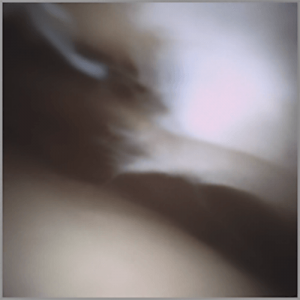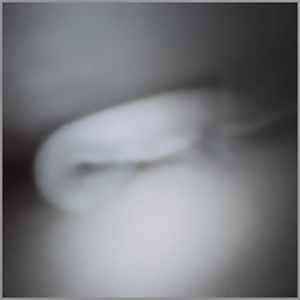-
Background
A 39-year-old female office worker, was initially injured in a serious motor vehicle accident (MVA) in October 2013. She presented to the office with left knee pain which was later confirmed to be an Anterior Cruciate Ligament (ACL) tear. She underwent ACL reconstruction in November 2013, and was progressed to a physical therapy regimen.
Two months post-operatively, the patient had worsening pain, and was found to have a wound infection at the tibial incision. There did not appear to be any joint involvement. At that time, an Incision and Drainage (I&D) was performed, including a VAC-assisted closure. The patient’s ACL graft was maintained. The infection appeared to have resolved, she had done well with PT, and she was discharged from follow up in June 2014. One-year post-infection, she re-presented with a small abscess at the tibial incision, and a 2nd I&D procedure with hardware removal was performed. She was released from care in April 2015 after the wound had healed. Her ACL graft was functioning
-
The Case
Two years following the 2nd hardware removal, the patient presented in the office with left knee pain. At that time, she noted limited activity levels, knee weakness, and a “buckling” sensation. The patient was examined by a physician assistant. During the examination, tenderness along the medial joint line was experienced. A McMurray test was performed with a positive result. Based on the examination, the patient was sent for a magnetic resonance imaging (MRI) study with suspected medial meniscus pathology. The MRI findings noted an intact ACL graft and chondral wear. It should be noted that the MRI did not show any signs of the suspected medical meniscus pathology. With these findings, the patient was given a steroid injection and a physical therapy plan to treat her pain.
After five weeks, the patient returned to our office with continued pain in her knee, stating that the previous injection and therapy treatment was ineffective. At that time, the patient was offered several options, including an in-office diagnostic arthroscopy via the mi-eye 2™. After discussing the options, the patient opted to proceed with the in-office diagnostic arthroscopy.
The Answer
The patient returned to the office to have the mi-eye 2™ procedure performed. The patient was positioned on the edge of the exam table with her left knee hanging over the edge, creating a 90-degree angle. A standard-sterile environment and preparation was performed. The anteromedial and the anterolateral portals were prepared using Betadine swabsticks and then alcohol wipe pads. A 20cc mixture of 1% Lidocaine and 0.25% Marcaine was administered to the portals, numbing the skin, subcutaneous tissue and anterior capsule of the knee. The patient was left for five minutes for the local anesthesia to take effect. Prior to the insertion of the scope, the skin was re-prepared.
Both the medial and lateral portals were utilized to give a global view of the knee. Upon examination of the patient’s knee, tears in both the medial and the lateral meniscus were discovered, which were not found in the patient’s MRI study. A cyclops lesion was also visualized in the notch, causing notch impingement. Upon examination of the ACL, the graft from the prior reconstruction was found to be intact and in good condition. The remainder of the knee was examined for further pathology. Upon completion When the mi-eye 2™ procedure was completed, the scope was removed from the patient’s knee and disposed. Throughout the mi-eye 2™ procedure, the patient was upright and attentively followed the physician as he examined her knee. She felt no pain or discomfort from the procedure.
Subsequently, the patient was scheduled for arthroscopic surgery, which would include a synovectomy and partial meniscectomy. After two months of recovery, the patient was discharged from our care and is not experiencing any pain in her knee.
Discussion
In this case, the use of in-office diagnostic arthroscopy was integral in determining the cause of the patient’s knee pain. At the time of the mi-eye 2™ procedure, the patient had been suffering from pain for several months. While the patient did receive an MRI, it was ineffective in accurately showing any pathology that was causing her pain. The use of the mi-eye 2™ allowed for the discovery of pathology in the form of a medial and lateral meniscus tear and cyclops lesion. By finding these previously unknown pathologies, the mi-eye 2™ allowed for a better outcome for the patient by accurately diagnosing her pathology and allowing for progression to definitive treatment.
Prior to the procedure, it was initially planned to treat the patient with a hyaluronan (HA) injection for her pain, similarly to a plan for a post-arthritic patient. With the confirmation of the mechanical pathology, her treatment plan was altered to bypass the injection and perform a surgical intervention. The use of mi-eye 2™ was able to determine the cause of the patient’s pain without the need for a traditional diagnostic arthroscopy in the operating room. This streamlined process also allowed for an accelerated timeline to surgery and recovery. Ultimately, the patient left our office with a full understanding of what was causing her pain, planned next steps and a favorable outlook for a return to her previous activity level.




